Nestled between gigantic Himalayas and lush green plains, Nepal is a wonderland of mysteries and eternal traditions. Thousands of travelers come every year seeking adventure, spiritual awakening, or just a breath of fresh air in the bosom of nature. From the bustling Kathmandu streets to the quiet trails of Annapurna, Nepal indeed has some magic to offer for all who come.
But before setting your feet to perform this incredible journey, it is important to get acquainted with the visa rules — and the Nepal Visa Guide proves to be very helpful and welcoming. Visa-free entry makes travel for many nationalities that much easier to Nepal by eliminating paperwork and hassle for travelers. Now, let’s get to other things you should know to help you start your adventure in Nepal without a hitch.
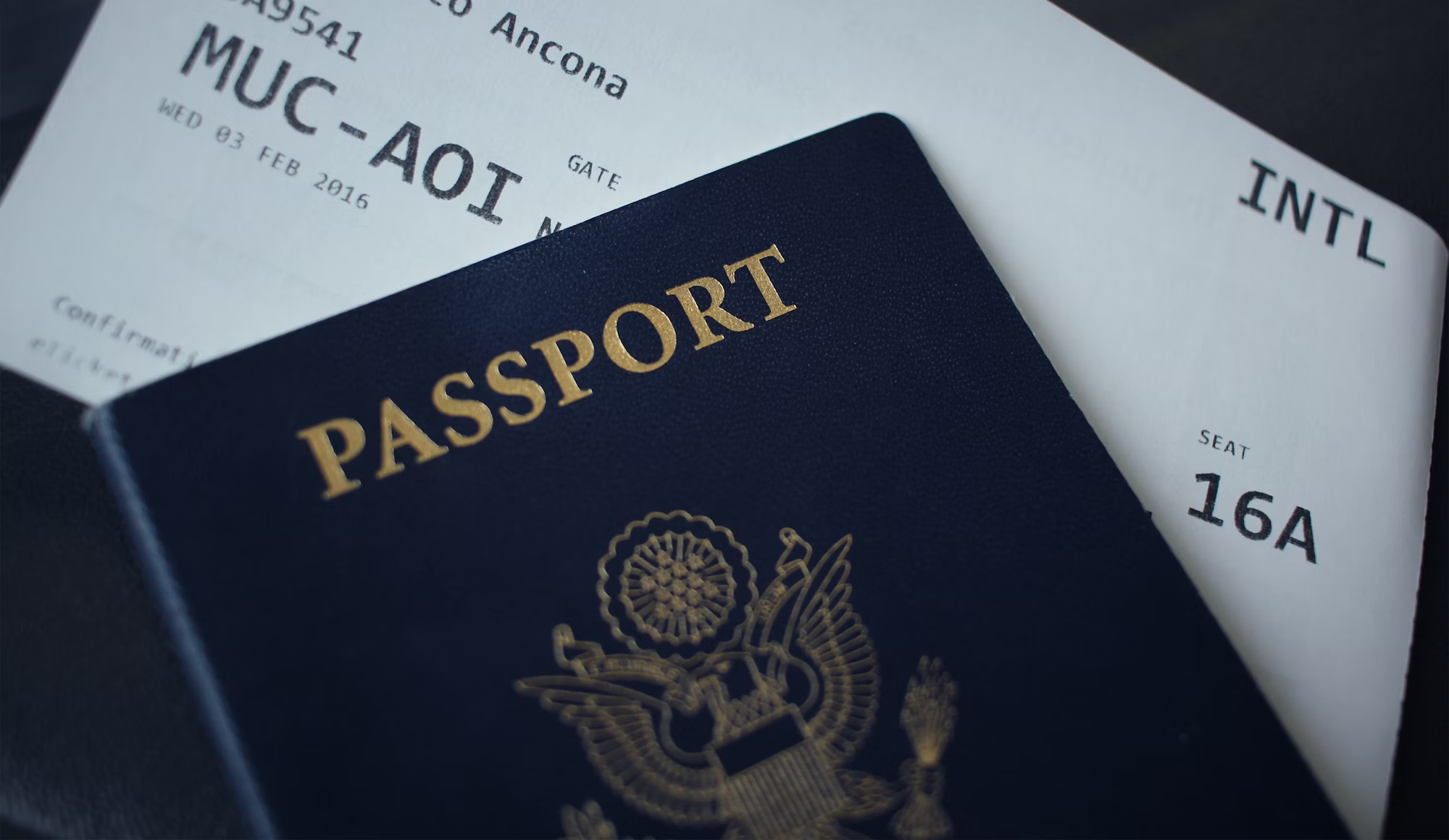
Picture yourself in a land where ancient temples rub shoulders with the snow-lined peaks and warm smiles welcome you around every corner. Nepal is not just a destination but an experience- raw, real, and unforgettable. Whether you find yourself treasuring dreams of hiking to Everest Base Camp or uncovering a forgotten inner peace within a distant monastery, the knowledge of this requisite matter concerning your visa status looms largely.
For citizens of numerous nationalities, Nepal’s doors are flung wide open without requiring any visas in advance. This easy access is yet another reason why travelers from around the globe hold Nepal dear in their hearts. Knowing whether you qualify for visa-free entry can channel your efforts into planning that trip rather than worrying about it.
Visa-Free Entry to Nepal
Nepal has one of the most liberal visa policies in the world when compared with other nations. For the citizens of some countries, it is possible to enter without prior visa arrangements. You must understand that such openness is anchored by the immense practice of promoting tourism and cultural exchanges in the country. According to the Nepal Visa Guide, a traveler’s short holiday, a month-long trekking venture, or a spiritual journey can save much time and effort by not requiring prior visa applications. Let’s look at some of the countries that enjoy this privilege and what you need to know before you start packing, as detailed in the Nepal Visa Guide.
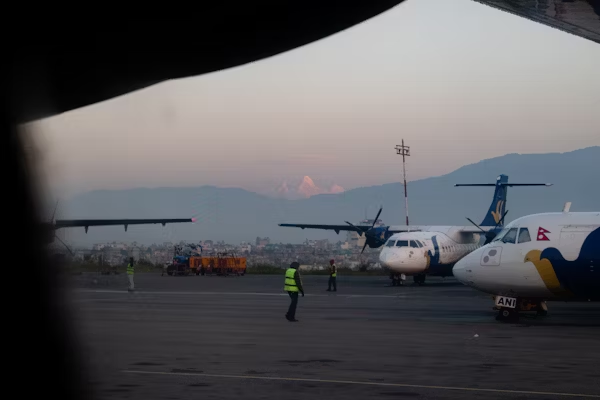
1. India: Unlimited Visa-Free Access
Indian citizens regard Nepal as almost a home away from where no visa entry is allowed.
- Indians can enter Nepal by land or air, simply having a valid government-approved ID such as a passport, voter ID, or Aadhaar card (occasionally applicable).
- India does not put any restriction on how long an Indian citizen can stay in Nepal; the citizens of India are permitted to stay, work, and travel across Nepal as they wish. The 1950 Treaty of Peace and Friendship between India and Nepal entitles citizens to open borders and mutual residency rights.
- Although it is not mandatory, it is better for an Indian to carry a proper identification document while traveling within the country. In fact, it is needed while checking in a person at a hotel or taking him on an internal flight. Nepalese and Indian governments share a cordial relationship, thus making travel between the two countries very easy, although there are some occasional security checks.
- Land entry points, like Sunauli-Bhairahawa and Raxaul-Birgunj, were famous between the two neighboring countries as the entry points thousands of Indian tourists turn up and leave within a day.
- All regular travelers availing themselves of flights from India land at Tribhuvan International Airport in Kathmandu, where Special Indian desks have been set up to facilitate the processing of Indian nationals.
- Most importantly, Indian-born citizens can travel under 15 years or over 65 years with their birth certificates or any other proof of age.
- Accordance with most travelers, there is no visa fee; nevertheless, it is always good practice to check about current travel updates before planning a long stay, especially for work reasons.
- The friendly bilateral arrangements also allow Indian citizens to get all the local SIM cards with minimal documentation.
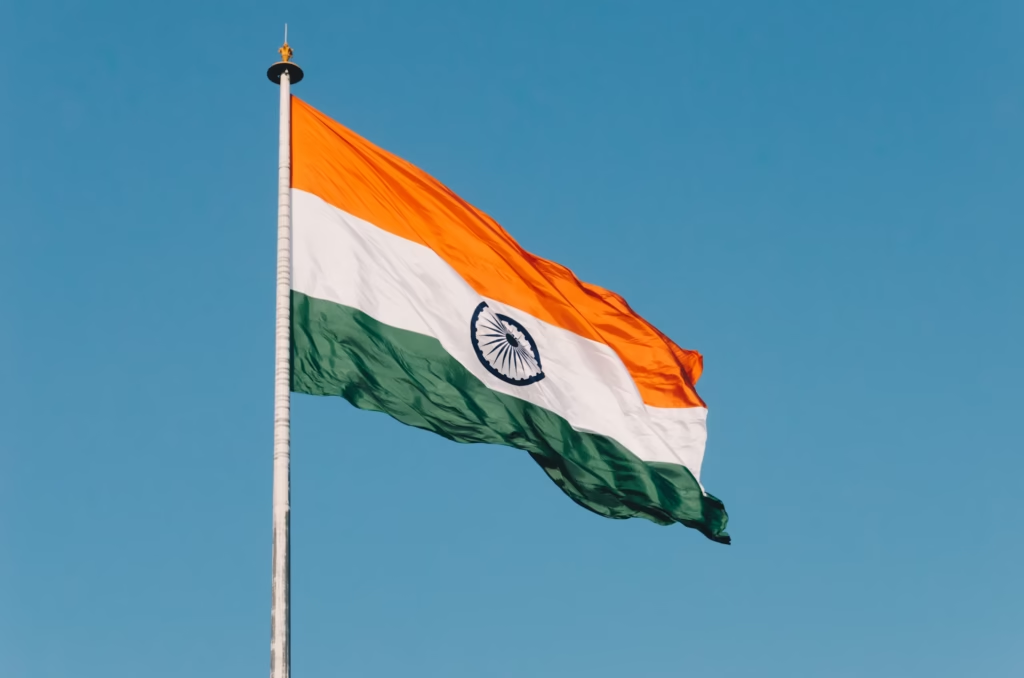
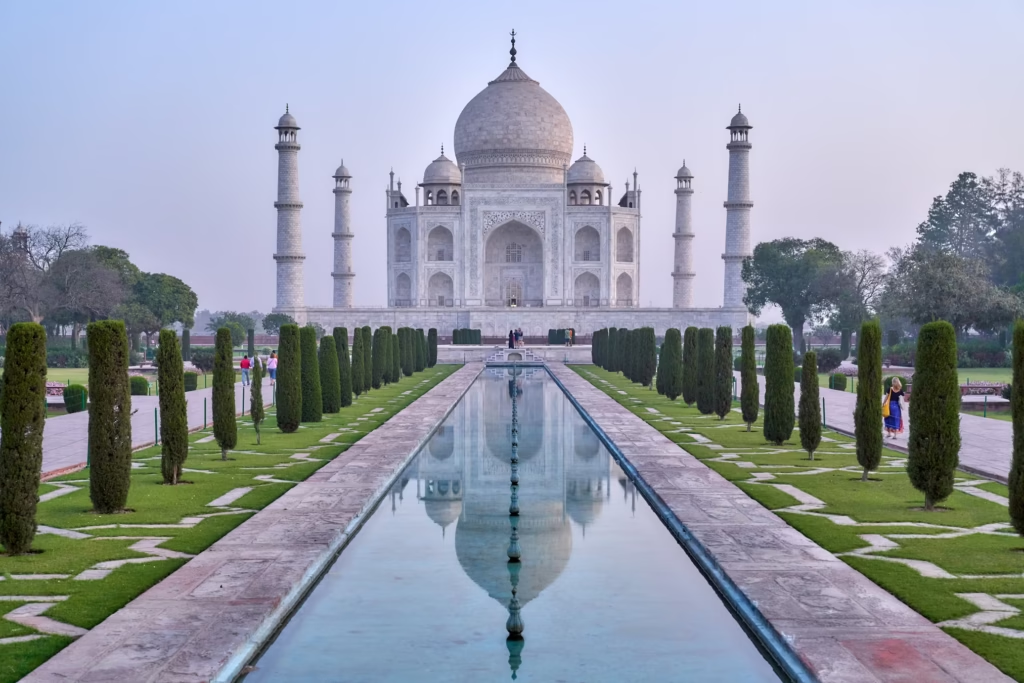
2. Chinese Citizens: 30 Days of Visa-Free Travel
Welcoming Nepal-no just beleaguered citizens of China since it also applies visa-free short-stay admission fees.
- The Chinese tourists can come to Nepal as visitors who want to have short stay up to 30 days with no entry for encompassing travel, business, or culture related.
- This is a visa-free movement for increasing tourism and economy partnership between Nepal and China.
- Passenger must have valid Chinese passport with 6 month valid date of events at the airport or land border.
- For the Chinese citizen, they must fill up the tourist arrival form at the immigration office, but are exempted from the visa requirement for entry.
- During 30 days, travelers wanting to extend their stay may apply for the visa extension in Kathmandu at the Department of Immigration with an additional fee.
- Now, their travel is made more convenient, because the major cities of China like Beijing, Lhasa and Chengdu have direct flights to Kathmandu.
- Their friendship also made many cultural exchanges and festivals add into the experience of guests visiting the country.
- They travel to places like Lumbini the birthplace of Buddha, to the heritage cities of Bhaktapur and Patan.
- While in Nepal, a Chinese visitor may be able to swipe their UnionPay card in many locations, and use-of tour guides is becoming increasingly common with Mandarin proficiency.
- It’s advisable to get high-altitude trekking travel insurance if planning visits to mountain areas.

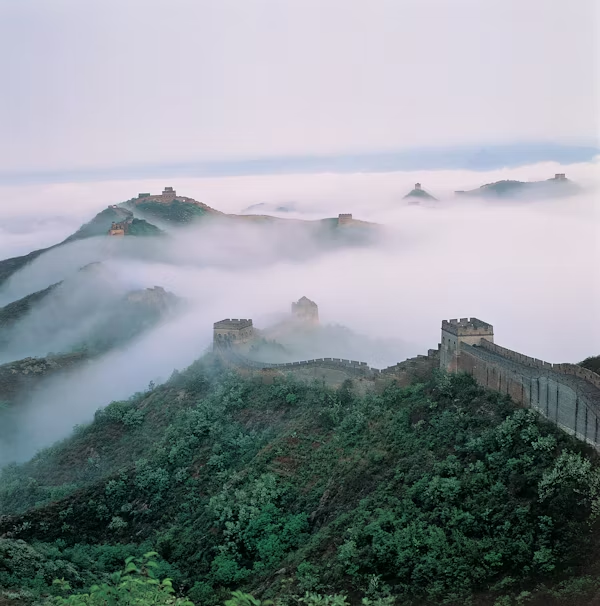
3. United States, United Kingdom, Canada, and EU Citizens: Easy Visa on Arrival
Not sufficiently so, but these countries allow the arrivals to obtain a hassle-free “visa on arrival”.
- Obtaining a tourist visa is one of the simple things that travelers do upon their arrival at Tribhuvan International Airport. Filling up a form and paying for the visa are the only requirements.
- U.S., U.K., Canada, and EU citizens may receive a visa initially for 90 days in the same calendar year.
- Visa applications are processed promptly at the airport using self-service kiosks, payment counters, and effective immigration officers.
- You are required to bring along a passport that is valid, a photograph the size of a passport (however there are photo booths at the airport), and enough money for your stay.
- The visa fee can be paid physically (USD, Euro, GBP, etc.), and the fees may vary depending on your intended stay of either 15, 30, or 90 days.
- A 15-day visa on arrival costs about USD 30, 30 days for USD 50, and 90 days for USD 125.
- Faster processing at the airport may be done by applying online in advance via the official online visa portal of Nepal.
- Many trekkers aiming for either the Everest Base Camp or the Annapurna Circuit utilize this convenient entry option.
- Visa extensions in Kathmandu through the Department of Immigration are granted if travelers would like to stay longer than planned.
- For other purposes such as volunteering, journalism, etc., always confirm entry requirements.
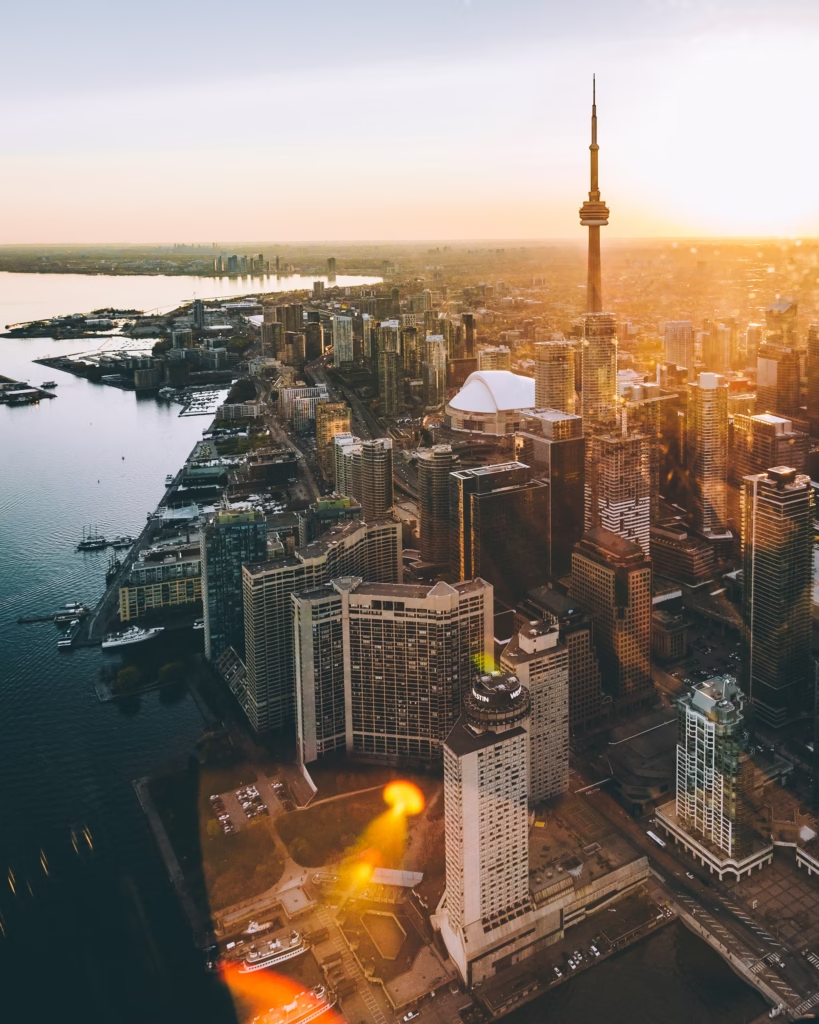
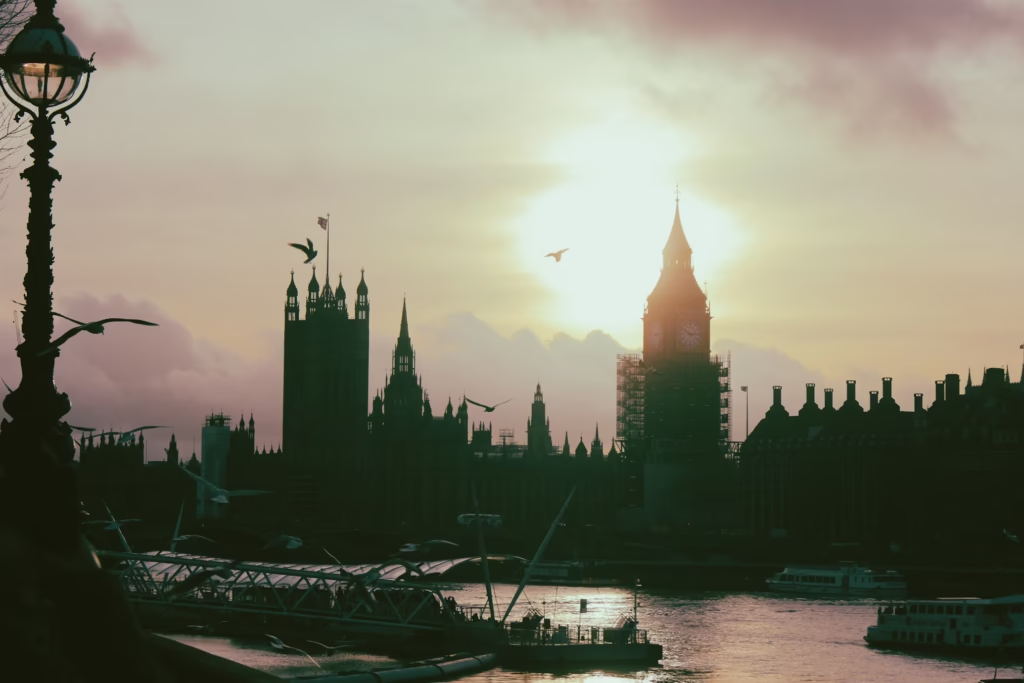
4. Australia and New Zealand: Smooth and Straightforward Entry
Citizens of Australia and New Zealand find Nepal’s visa system very traveler-friendly and efficient.
- Like citizens of North America and Europe, Australians and New Zealanders can obtain a visa on arrival at entry points.
- Short- and long-term stays are allowed because they can obtain visas valid for 15, 30, or 90 days, depending on travel plans.
- The requirements include a valid passport (six months’ remaining validity), completed forms for a visa, a photo and the fee for the visa.
- They must carry cash to pay for visa fees even if card payment facilities are available for improving use at Kathmandu airport.
- Trekkers from Australia and New Zealand love to explore Nepal’s extensive mountain trails, sacred temples, and cultural cities without red tape.
- They are made clear at the visa-on-arrival counters, and while there can be a delay during the peak trekking seasons, the processing is not terrible.
- Australia’s bilateral ties with Nepal have seen cultural festivals, educational exchanges, and collaborative trekking ventures.
- Many Australian and Kiwi visitors volunteer during their travels, aiding in education, conservation, and health work.
- They account for a major proportion of the climbers who attempt the highest peaks on the earth like Everest and Manaslu.
- It is common for travelers from these countries to combine trips to Nepal with visits to Bhutan or Tibet, which, however, require visa consideration.
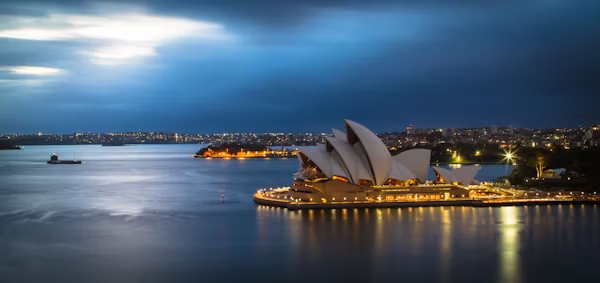
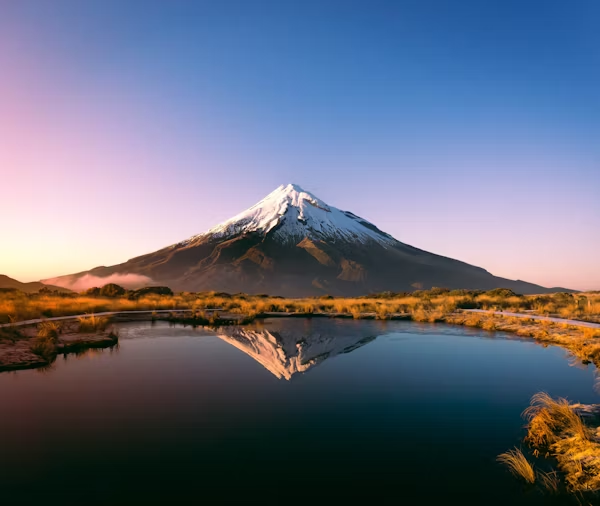
5. Japan and South Korea: Welcomed with Open Arms
Nepal’s historical and spiritual bonding underpins its old visa policies with Japan and South Korea.
- Japanese and South Korean nationals have the maximum reciprocal duration of 90 days of visa-free entry for visits to each other’s country without prior application or visa fee-making travel plans the easiest for citizens of these countries, along with showing a valid passport.
- Upon arrival, travelers may be requested to accomplish a standard immigration form. Any extension required over the 90-day period must be applied to the Department of Immigration, along with a small fee.
- Nepal is a popular destination for spirituality and adventure, and Japanese and Korean travelers often come here to participate in Buddhist pilgrimages and trekking trips.
- It can also be cited of active tourism promotion in Japan and South Korea, with the establishment of dedicated Nepal Tourism Boards, and the organization of regular promotional events in both countries.
- Major cities such as Tokyo and Seoul are directly connected with Kathmandu for smooth access, available throughout the year.
- Buddhist sites like Lumbini and the monasteries of Kathmandu Valley draw particular interest from visitors of these nations.
- It is a plus factor: cultural sensitivity to travel; Japan and South Korea travelers are known to respect local customs and traditions. Thus, in general, visa-free travel strengthens relationships among these countries with Nepal, thus fostering mutual understanding and friendship.
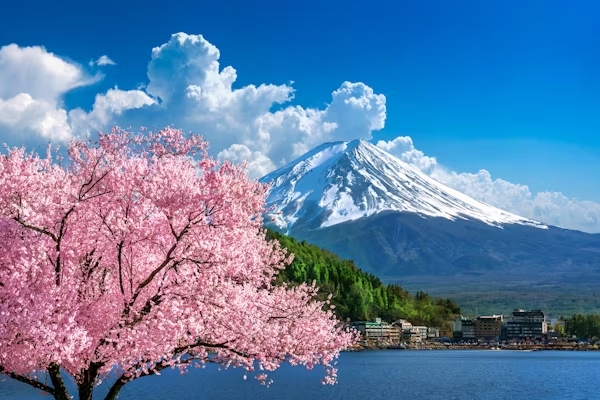
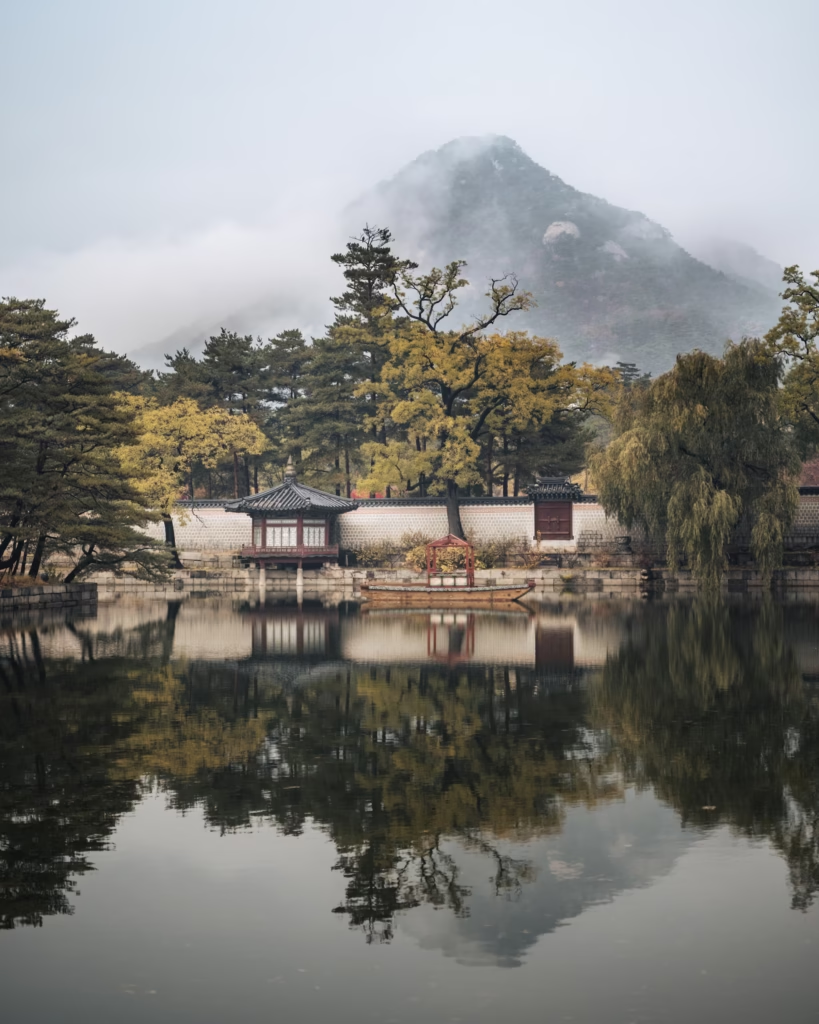
Visa Requirements and Application Process (For Others)
Doesn’t matter if you’re coming from a non-visa-exempt country; Nepal’s visa process is still friendly toward travelers. Here’s how it works:
- Visa on Arrival: Available at Kathmandu airport and at land borders. Fill in a form (online beforehand or at a kiosk), pay either cash or card and have your visa stamped.
- Tourist Visa Fees are: $30 for a visa of 15 days, $50 for 30 days, and $125 for multiple entry for 90 days.
- Pre-Arranged Visa: Or you could apply in person at a Nepali embassy or consulate before going. This is an excellent option if entering over one of the little-used borders.
- Documents: Valid passport at least for six months, a filled visa application form, a recent photo, and payment.
- Extension: Tourist Visa can be extended at the Department of Immigration, Kathmandu, or Pokhara. It will cost you around $45 for a maximum extension of 15 days and $3 per day after that.

Top 10 Tips for a Smooth Visa and Travel Experience
- Keep checking the latest visa rules every time before your journey, because every time, it can change just ahead of time.
- Then carry some small denominations of USD, EUR, or other countries in between so that you can pay for your visa fees on arrival without being a fool.
- Apply for you online visa pre-arrival through the Nepali government portal to hasten airport processing.
- Also, don’t forget to have obtained the necessary TIMS (Trekker’s Information Management System) permits for trekking and entry permits for national parks.
- Keep some passport-sized photographs because you might need them for permits extensions of visa in some cases.
- Try to arrive outside peak hours if you can: mornings and late evenings typically have shorter immigration lines.
- Just save a printed and a digital copy of your visa and entry stamp-you will need to show them in check-ins at hotels and checkpoints.
- Obey the rules on respect for your visa: overstaying it will cause daily fines and may sometimes lead to an exit trauma from Nepal.
- Always, purchase travel insurance covering health issues, trip delays, and, if trekking, high-altitude evacuations.
- Enjoy the journey! Indeed, anywhere between friendly immigration officers and even more welcoming locals, diversity in the culture is more than enough for the visa procedure to be the first step towards an unforgettable experience.
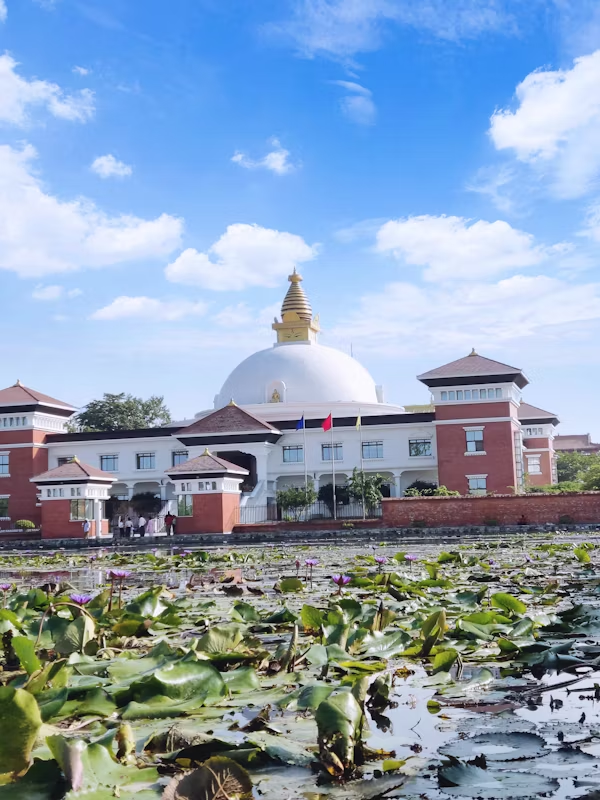
Conclusion
The welcoming visa policies of Nepal, as explained in the Nepal Visa Guide, illustrate the deep-rooted hospitality of the country and its openness to the world. It is made easy, economical, and speedy enough for any visitor to start their journey — whether a citizen from any visa-exempt country or someone obtaining a visa on arrival.
Spanning from the mighty Himalayas to ancient temples, vibrant festivals, and the tranquil countryside, Nepal leaves an immeasurable mark on one’s soul. Understanding your visa requirements through the Nepal Visa Guide is the key to discovering the beauty and adventure that lie in store in this enchanting land. So pack your bags, get your documents ready, and embark on a trip of a lifetime as Nepal casts its mesmerizing enchantment on you!

